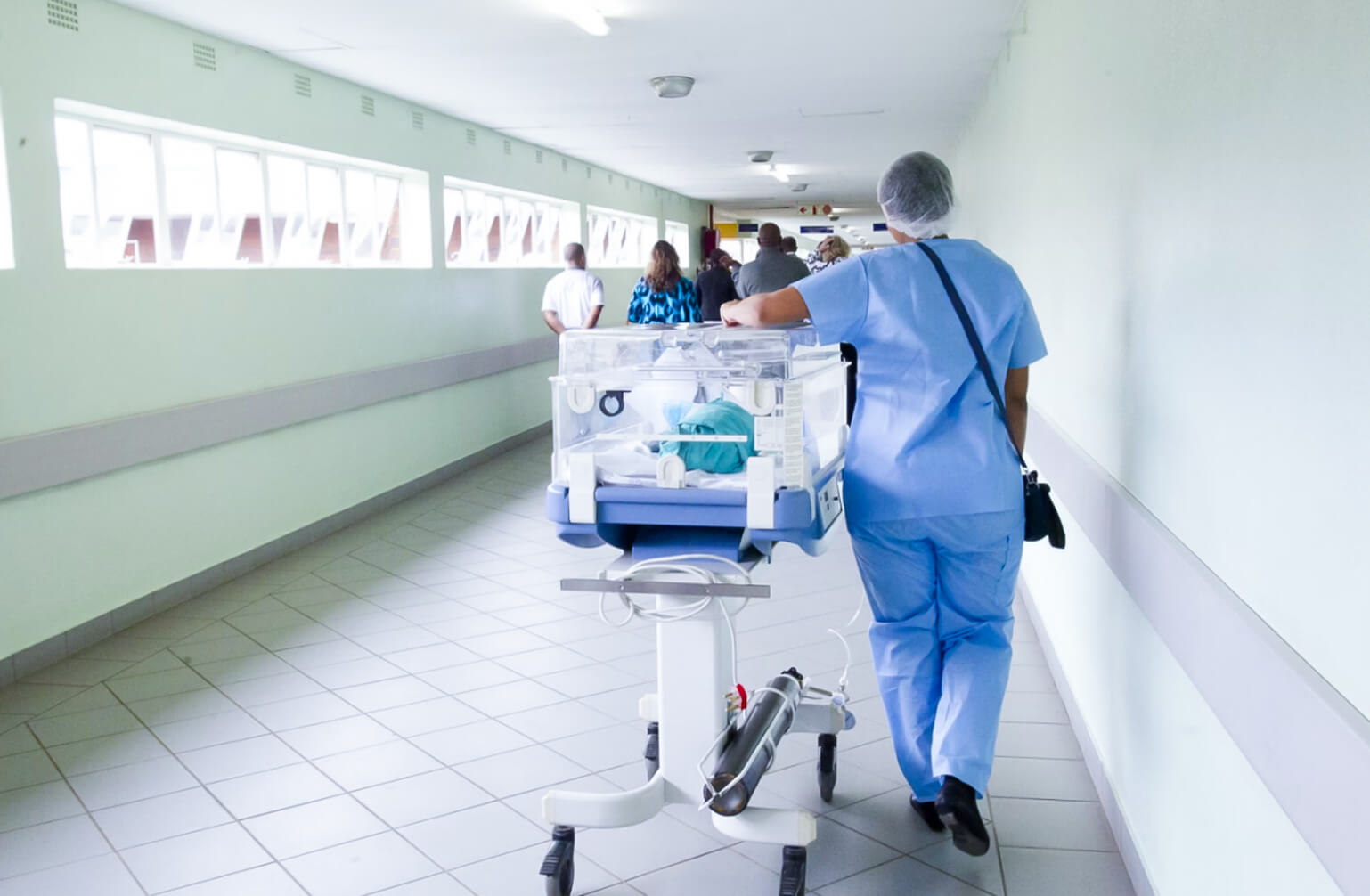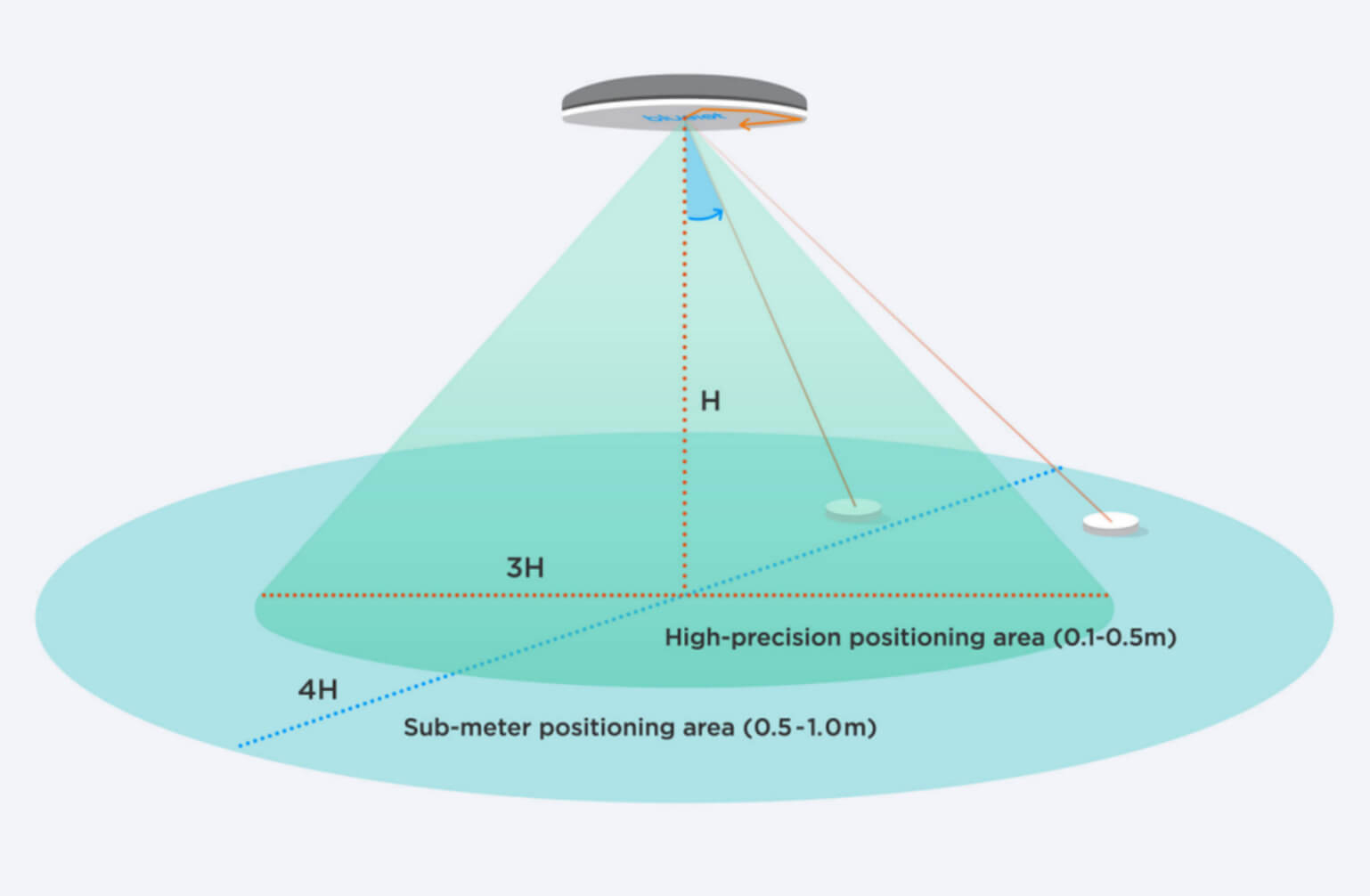Hospital operations are of paramount significance as they directly impact the quality and efficiency of patient care. Efficient hospital operations ensure that patients receive timely and appropriate medical attention, reducing wait times and improving overall healthcare outcomes. However, healthcare institutions need help in achieving this efficiency, such as overcrowding, staff shortages, and the need to locate equipment and personnel promptly. Real Time Location Systems (RTLS) solutions offer a promising avenue to address these challenges.
By using RTLS technology, hospitals can track the real-time location of patients, staff, and medical equipment, optimizing resource allocation, streamlining workflows, and ultimately enhancing patient care by minimizing delays and enhancing the overall hospital experience.

Need for Efficiency in Hospital Operations
Efficiency in hospital operations is a critical factor for ensuring patient safety and satisfaction. Streamlined operations have a direct impact on patient care by reducing the risk of medical errors, minimizing waiting times, and enhancing overall healthcare outcomes. When hospital operations are efficient, healthcare professionals can focus more on providing quality care rather than navigating administrative hurdles, ultimately leading to improved patient experiences and outcomes.
However, healthcare facilities often need to work on their ability to deliver efficient care. These challenges include high patient volumes, resource constraints, complex administrative processes, and the need to balance patient flow across different departments and units. Overcrowded emergency rooms, long wait times, and difficulties in locating medical equipment and personnel can create bottlenecks in patient care. These issues not only strain the healthcare system but also impact patient safety and satisfaction, making it crucial for hospitals to adopt innovative solutions to overcome these hurdles and enhance operational efficiency.
Applications of RTLS in Healthcare
Real Time Location Systems have a wide range of applications in healthcare, significantly improving operational efficiency and patient care. Here are six critical applications of RTLS in the healthcare industry:
● Patient Tracking: RTLS enables real-time tracking of patients within the hospital premises. This can help in ensuring patient safety by monitoring their movement, reducing the risk of elopement, and improving the efficiency of patient transport.
● Staff Management: RTLS systems can monitor the location and movement of healthcare staff, allowing for better coordination and assignment of tasks. This improves staff response times and aids in managing workloads efficiently.
● Pharmacy and Medication Management: RTLS can be used to track the location of medication carts and high-value medications, ensuring that the right drugs are readily available when needed, reducing errors, and enhancing medication safety.
● Emergency Response: In critical situations, RTLS can be used to locate medical personnel quickly, enhancing emergency response times. This is particularly important in situations like code blue calls, where immediate access to medical professionals is crucial.
● Workflow Optimization: RTLS data can provide insights into how various hospital processes operate, helping identify bottlenecks and inefficiencies. This information can be used to optimize workflows, reduce wait times, and enhance patient care.
Access Control: RTLS can enhance security and access control within healthcare facilities. It can help restrict access to sensitive areas, ensuring that only authorized personnel can enter, thereby safeguarding patient privacy and sensitive medical information.

Benefits of RTLS in Healthcare Operations
Besides, Real Time Location Systems offer several significant benefits in healthcare operations:
ü Improved Efficiency: RTLS optimizes the use of resources, reducing the time spent searching for equipment, patients, or staff. This results in streamlined processes, shorter wait times, and faster response to critical situations, ultimately leading to more efficient hospital operations.
ü Enhanced Patient Care, Asset Management, and Staff Allocation: RTLS allows for real-time patient monitoring, medical equipment, and staff. This ensures that patients receive prompt and appropriate care while equipment is readily available when needed. It also enables better allocation of staff to match patient needs, leading to improved patient outcomes and overall healthcare quality.
ü Cost Savings: By eliminating inefficiencies, reducing equipment loss, and minimizing errors, RTLS can lead to cost savings in healthcare operations. Additionally, better resource management can result in reduced overtime and improved staff utilization, which can have a positive impact on the healthcare facility's budget.
If you're seeking an advanced and efficient RTLS for hospital, Blueiot is a game-changer for the healthcare industry, providing real-time visibility of the location, movement, and status of various essential elements within a healthcare facility.

This system empowers healthcare institutions to achieve a range of common goals, such as decreasing asset search time, reducing theft of medical devices, minimizing emergency response time, cutting equipment repair costs, and reducing the need for costly, last-minute equipment rentals.
Blueiot
Blueiot is a pioneering location-based service provider renowned for its revolutionary real time locating system technology, which leverages Bluetooth Angle-of-Arrival technology. Blueiot’s indoor tracking and positioning solutions have found applications in a variety of industries, including manufacturing, healthcare, logistics, warehouse management, smart retail, and smart buildings, with an extraordinary accuracy of up to 0.1 meters, ten times higher than traditional Bluetooth systems.
Join the innovation revolution with Blueiot now and unlock the limitless potential of precise indoor positioning for your business.